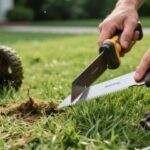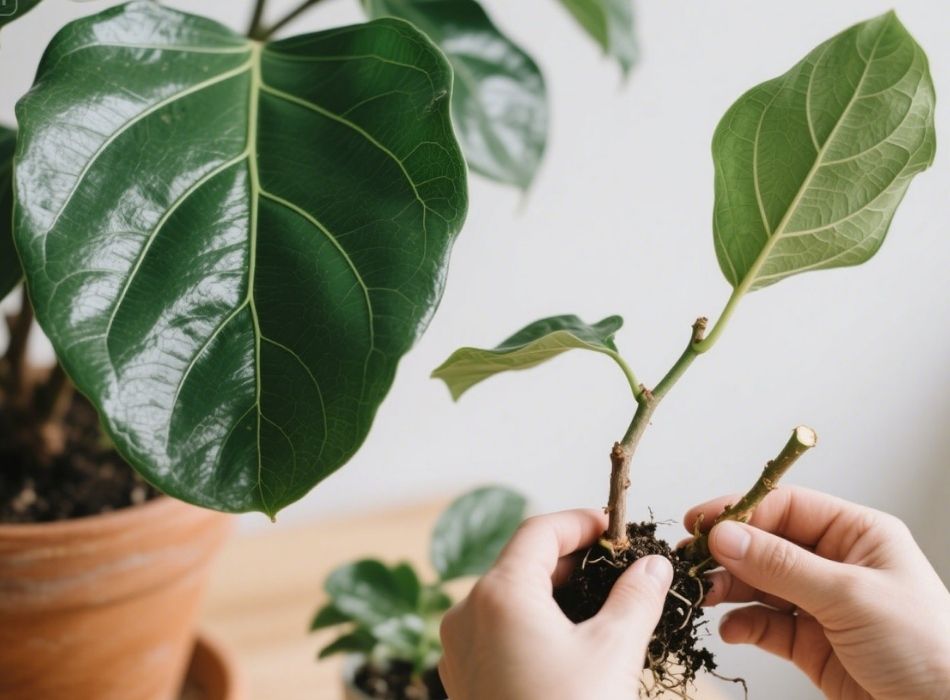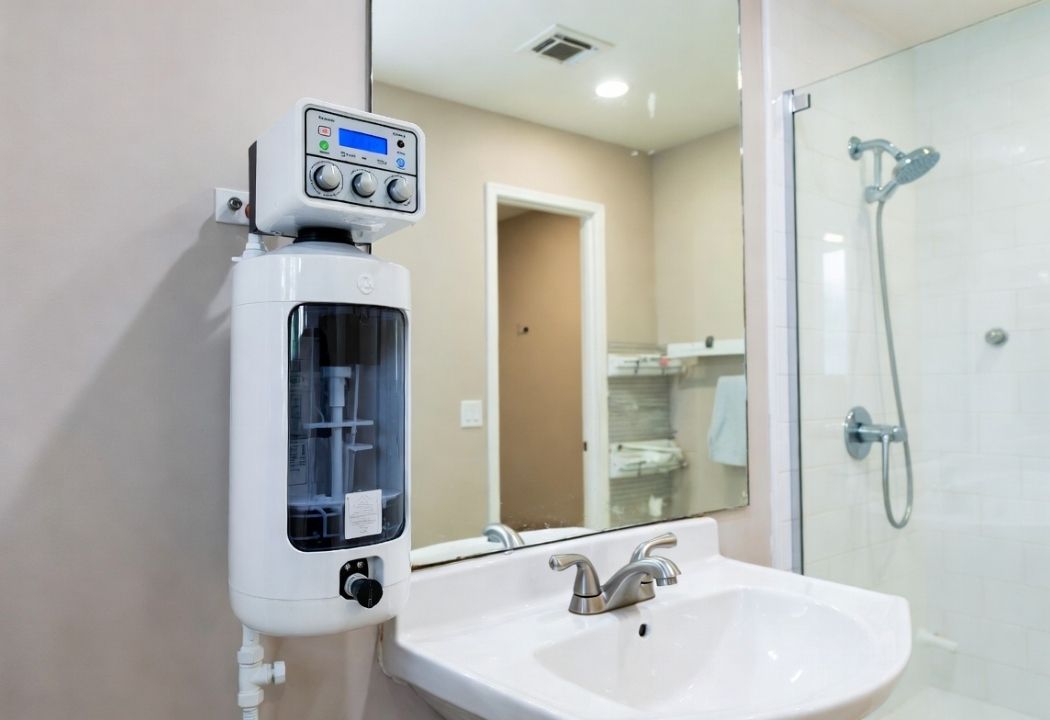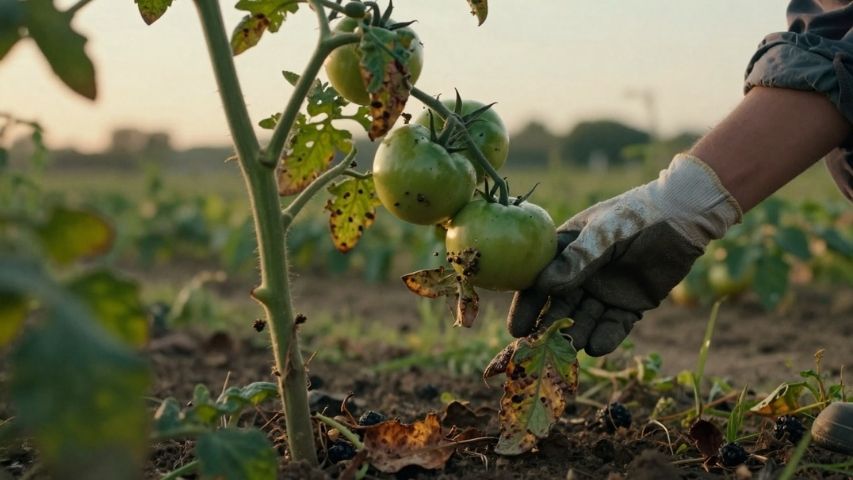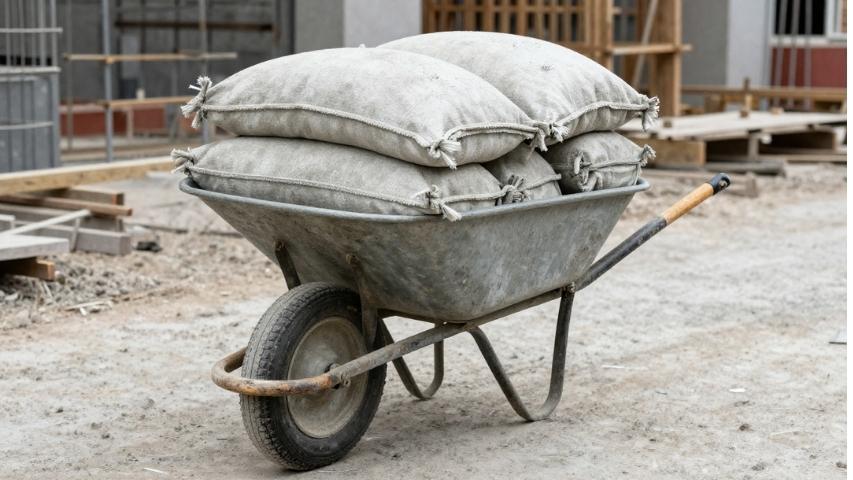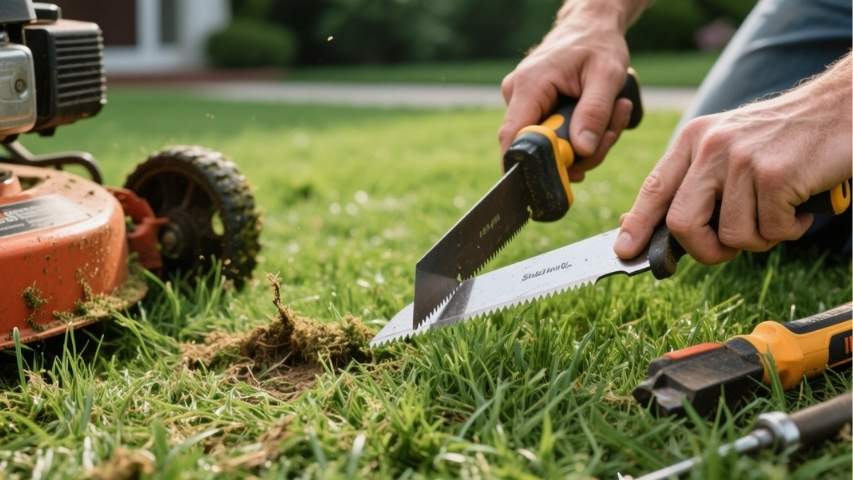Fiddle leaf figs are the reigning stars of indoor plants. Their large, waxy leaves and sculptural presence make them a perfect choice to breathe life into any space. But what if one fiddle leaf fig isn’t enough? Whether you love expanding your plant collection or sharing this leafy beauty with friends, propagating your fiddle leaf fig is the way to go.
This guide walks you through everything you need to know about propagating a fiddle leaf fig—from choosing the proper technique to nurturing your cutting into a flourishing plant. By the end of this post, you’ll have the confidence to multiply your fiddle leaf family.
What is Propagation and Why Propagate a Fiddle Leaf Fig?
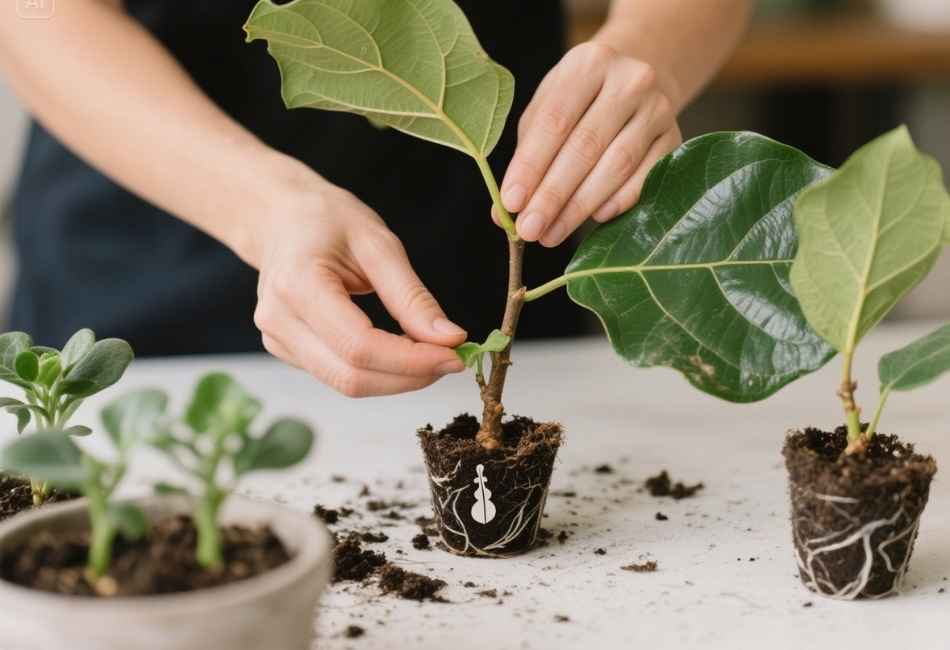
Propagation is the process of taking a cutting or division of an existing plant and growing it into a new one. For fiddle leaf figs, propagation is an exciting way to create new plants while ensuring they carry the same health and aesthetics as the parent plant.
Here’s why propagation is worth your time:
Cost-effective growth. More plants, no extra cost!
Plant rescue. You can prune and propagate if your fiddle leaf fig becomes too tall or unwieldy.
Personal connections. Gifting a propagated fig grows your plant family and your relationships.
Now, let’s explore how to propagate your fiddle leaf fig successfully.
Tools You’ll Need Before Starting
Before grabbing your fiddle leaf fig, ensure you have the right tools and materials. Here’s what you’ll need:
Pruning shears or scissors (clean and sharp to ensure a clean cut)
Gloves (to protect your hands from sap irritation)
Rooting hormone (optional but boosts success rates)
A clean glass jar of water or a small planting pot with a well-draining soil mix
Plastic bag or plastic wrap (if you’re using soil for propagation)
Patience and care
Once your tools are gathered, you’re good to go!
The Two Main Methods to Propagate a Fiddle Leaf Fig
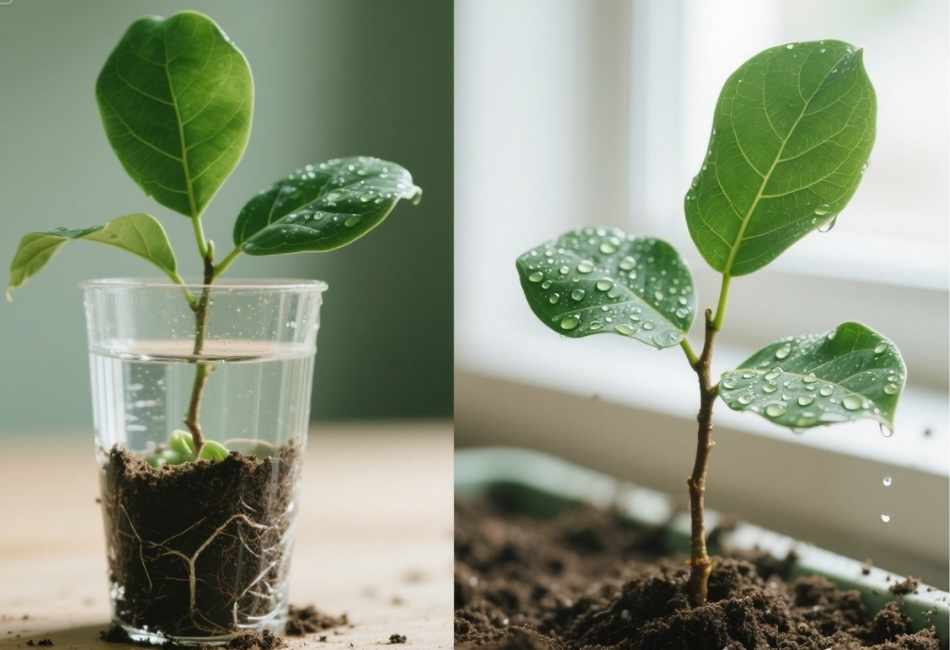
Fiddle leaf figs are relatively simple to propagate, and most people find success with one of two methods: water propagation and soil propagation. Both methods have advantages; your choice will depend on your preference and available resources.
1. Water Propagation
Water propagation is the simplest and most beginner-friendly method because you can easily monitor root development.
Steps to Propagate a Fiddle Leaf Fig in Water:
Choose the perfect cutting. Select a healthy stem with at least two to three leaves. Cut about 4–6 inches below the lowest leaf node (the joint where a leaf or stem grows from the main branch).
Remove excess leaves. Keep one or two leaves at the top, but strip away any leaves at the base of your cutting. These can rot in the water and hinder growth.
Optional step. Dip the cut end into a rooting hormone to speed up root development.
Place in water. Submerge the cut end into a clean jar filled with room-temperature water. Make sure no leaves are submerged to avoid rot.
Monitor and maintain. Place the jar in indirect sunlight and change the water weekly to prevent bacterial growth.
Wait for roots to develop. In 3–6 weeks, tiny white roots should emerge. Once the roots are at least two inches long, your cutting can be planted in soil.
2. Soil Propagation
If you feel confident, soil propagation skips the water stage and plants directly in soil. While slightly trickier, it’s quicker for those who want to avoid transplanting later.
Steps to Propagate a Fiddle Leaf Fig in Soil:
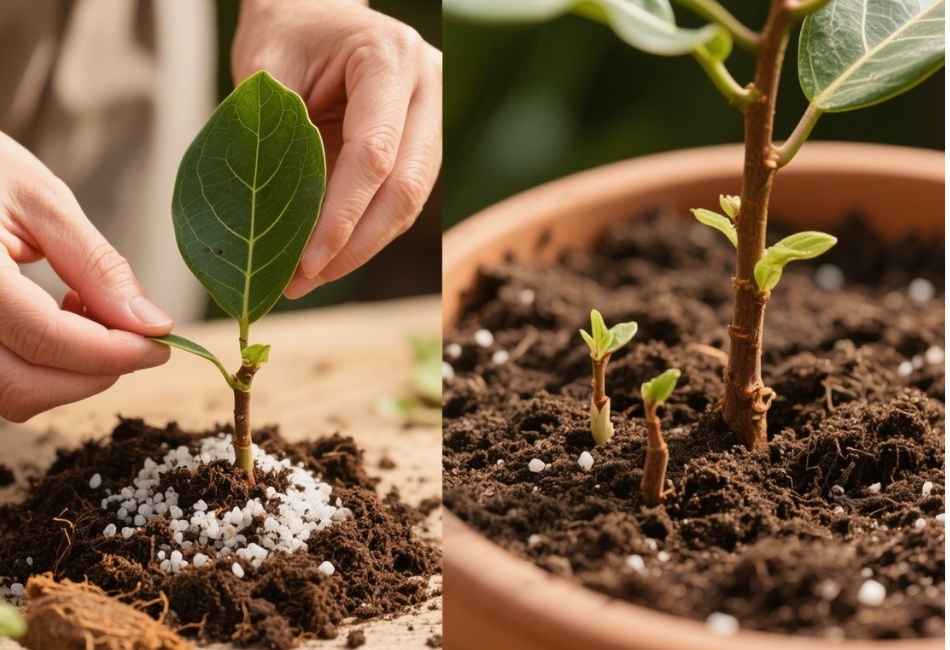
Pick the correct cutting. Follow the cutting process outlined above.
Prepare the soil. Use a light, well-draining mix with components like peat moss and perlite to encourage root growth.
Apply rooting hormone. While optional, this step increases success rates.
Plant your cutting. Place the cutting about an inch deep into the soil, ensuring the lowest leaf node is buried.
Create humidity. Use plastic wrap or a clear plastic bag to cover your planted cutting. This traps moisture and creates a mini greenhouse effect.
Water sparingly. Keep the soil slightly damp but not overly saturated.
Wait and watch. Within 4–8 weeks, roots should establish. You’ll know when fresh leaves begin to sprout.
Common Mistakes to Avoid When Propagating
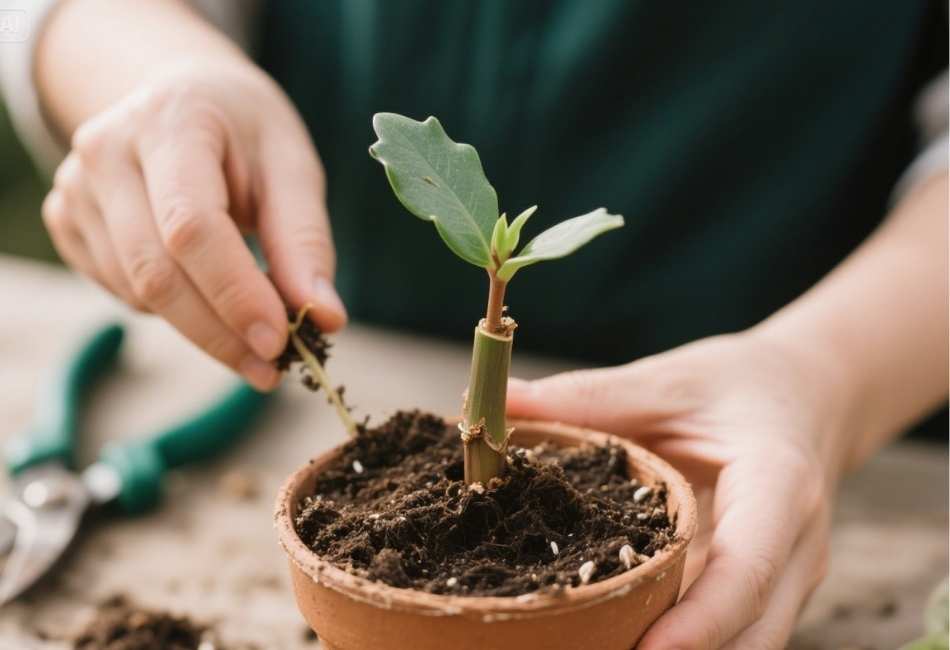
Some pitfalls can disrupt your success even with the right tools and process. Avoid these mistakes to give your cutting the best chance of thriving:
Using dirty tools. Always sanitize scissors or shears to prevent bacteria or fungi from infecting the cut.
Overwatering. While hydration is essential, excessive water (especially for soil propagation) can lead to rot.
Skipping the leaf removal. Leaves left near the base of the cutting can decay and harm root development.
Impatience. Rooting takes time, so check in on your cutting weekly but avoid moving or disturbing it unnecessarily.
Nurturing Your Newly-Propagated Fiddle Leaf Fig
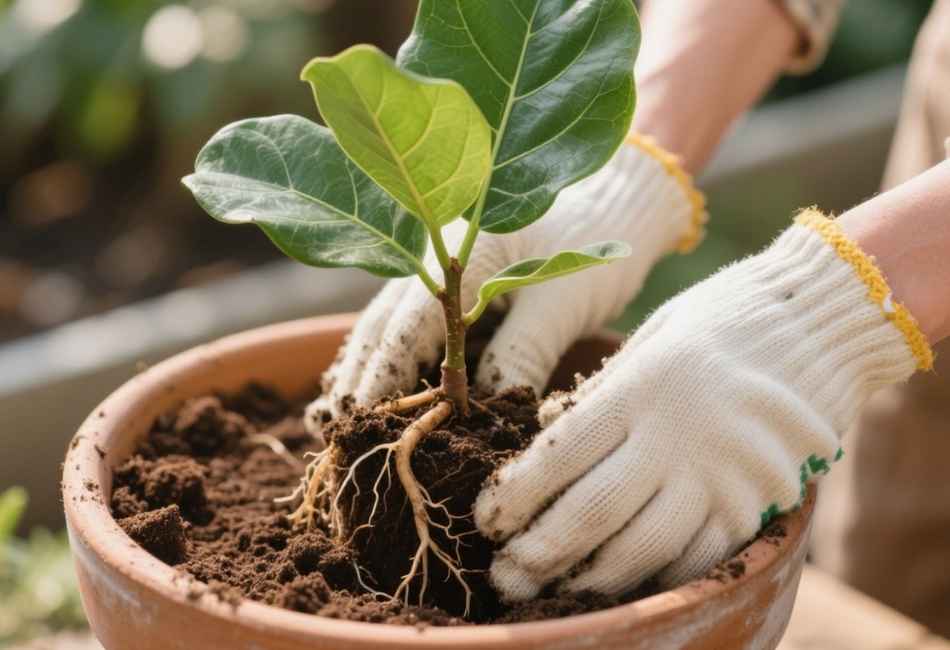
Once you’re cutting roots (yay!), It’s time to repot and provide the care it needs to grow. Follow these steps:
Choose the right pot. Select a pot slightly larger than the root ball, with drainage holes to prevent waterlogging.
Fill with premium soil. A plant-friendly mix (light and rich) gives your new fiddle leaf fig the best start.
Find the perfect spot. Place your plant in bright, indirect light to replicate its natural tropical habitat.
Water with care. Go easy on watering at first. Check that the top inch of soil feels dry before hydrating.
Watch for signs of stress (such as yellowing leaves) and adjust accordingly. With proper care, your new plant will thrive!
Why Propagating a Fiddle Leaf Fig is Worth It
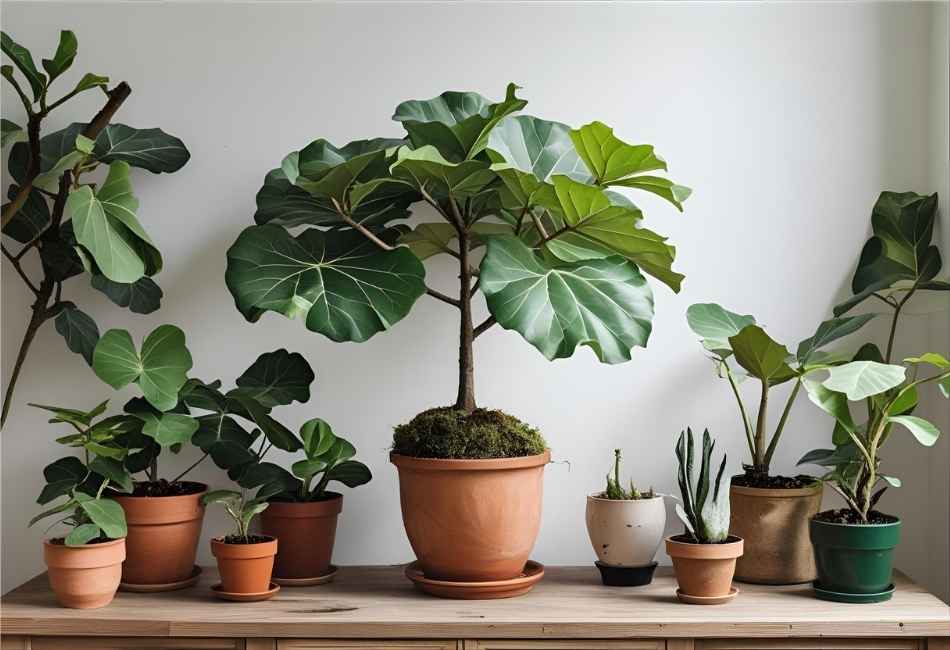
Propagating your fiddle leaf fig isn’t just about having more plants. It’s a way to connect with nature, experiment with growing techniques, and even share a piece of your home with loved ones. Plus, who doesn’t want a lush indoor jungle?
If you’re eager to grow your propagation hobby further, you can expand to other plants like pothos, monstera, or succulents. Each propagation experience is an opportunity to learn and develop your green thumb.
Multiply Your Fiddle Leaf Joy
There’s no greater satisfaction for a plant lover than watching a propagated cutting transform into a full-fledged plant. Following these simple steps and avoiding common mistakes, you’re all set to grow a healthy fiddle leaf fig that adds life and charm to your space.
Feeling inspired? Share your propagation stories in the comments or impress friends by gifting them a starter plant from your fiddle leaf family. Happy growing!




